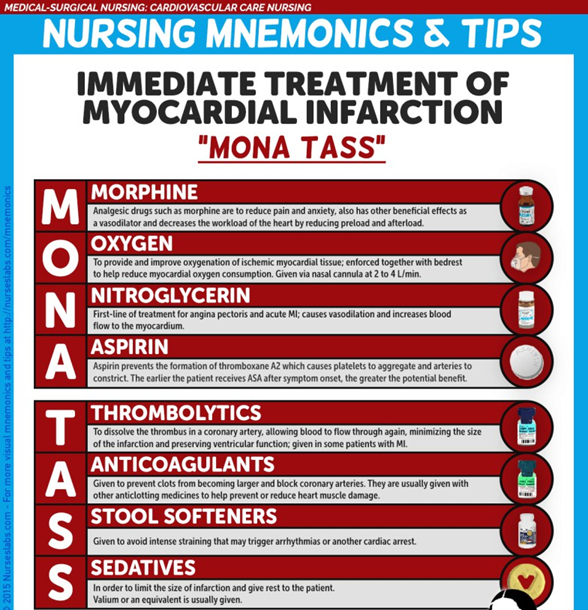A nurse is providing teaching for a client who is taking isoniazid (INH) for tuberculosis. Which of the following statements by the client indicates an understanding of the teaching?
This medication may cause my blood pressure to increase."
"I should take an antacid with each dose of this medication."
"I plan to take this medication for 1 week."
"I will have my liver function tested while I am taking this medication."
The Correct Answer is D
Regular monitoring of liver function is important while taking isoniazid because the medication can cause liver damage in some individuals.
A. Isoniazid (INH) does not typically affect blood pressure.
B. Antacids can interfere with the absorption of isoniazid, so they should be avoided or taken at least one hour before or two hours after taking isoniazid.
C. Treatment for tuberculosis typically involves taking isoniazid for a minimum of 6 to 9 months, sometimes longer, depending on the severity of the infection
Nursing Test Bank
Naxlex Comprehensive Predictor Exams
Related Questions
Correct Answer is A
Explanation
A. Strawberries aretypically associated with cross-reactivity with latex
B. Eggs are not commonly associated with cross-reactivity with latex.
C. Peanuts are not typically associated with cross-reactivity with latex. Peanut allergy involves specific proteins found in peanuts and is unrelated to latex allergy.
D Shellfish is not associated with cross-sensitivity with latex
Correct Answer is ["A","B","D","E"]
Explanation
Chest pain radiating to the left arm is characteristic for angina in coronary artery disease. This is suggested more by the client’s medical history of hypertension, hyperlipidemia and type 2 diabetes mellitus.
Clients with angina are scheduled for diagnostic cardiac catheterization to assess the extent of coronary blockage
Heparin is used to prevent the propagation of a clot that is formed on an unstable atherosclerotic plaque. Beta blockers are prescribed to lower the heart rate. This reduces the myocardial demand for oxygen.
The firstline medication include antiplatelets unless there's concurrent venous thromboembolism.
Keeping the client NPO within 2 hours of the procedure is important to prevent aspiration whole under sedation.
Ambulation increases demand on the heart which may worsen the pain Antibiotics have no role in coronary artery disease.

Whether you are a student looking to ace your exams or a practicing nurse seeking to enhance your expertise , our nursing education contents will empower you with the confidence and competence to make a difference in the lives of patients and become a respected leader in the healthcare field.
Visit Naxlex, invest in your future and unlock endless possibilities with our unparalleled nursing education contents today
Report Wrong Answer on the Current Question
Do you disagree with the answer? If yes, what is your expected answer? Explain.
Kindly be descriptive with the issue you are facing.
